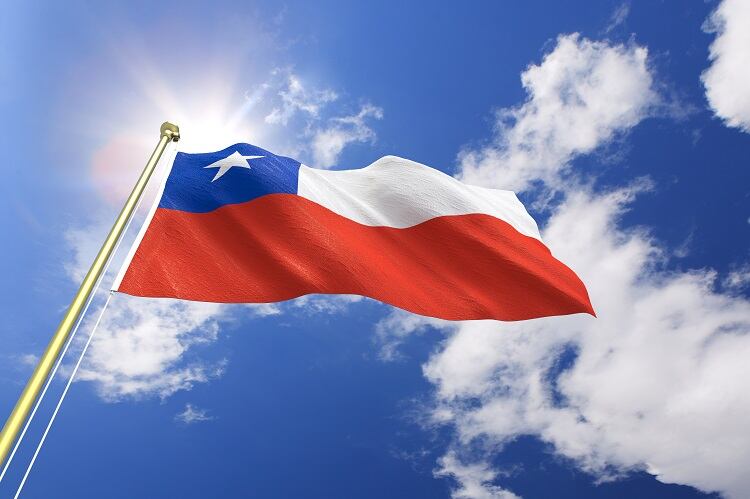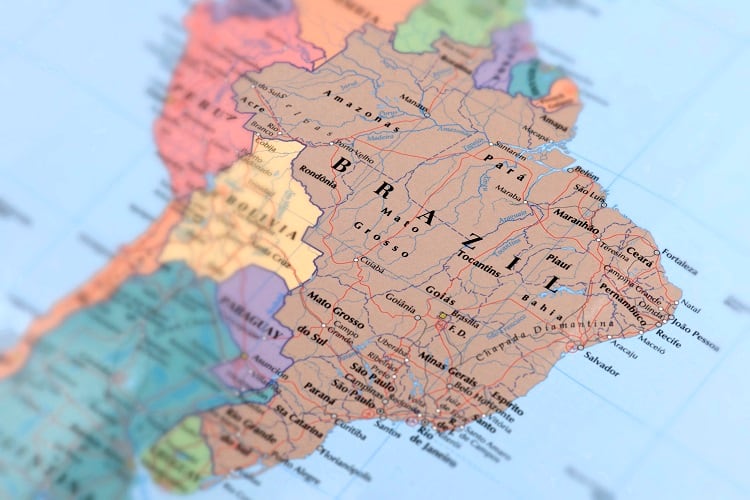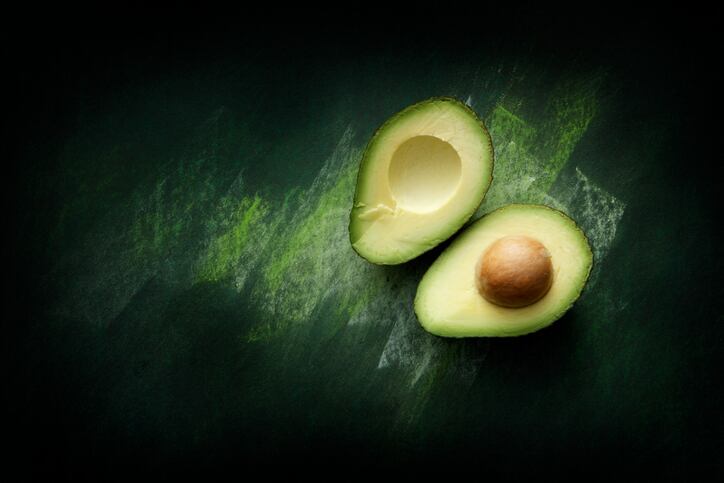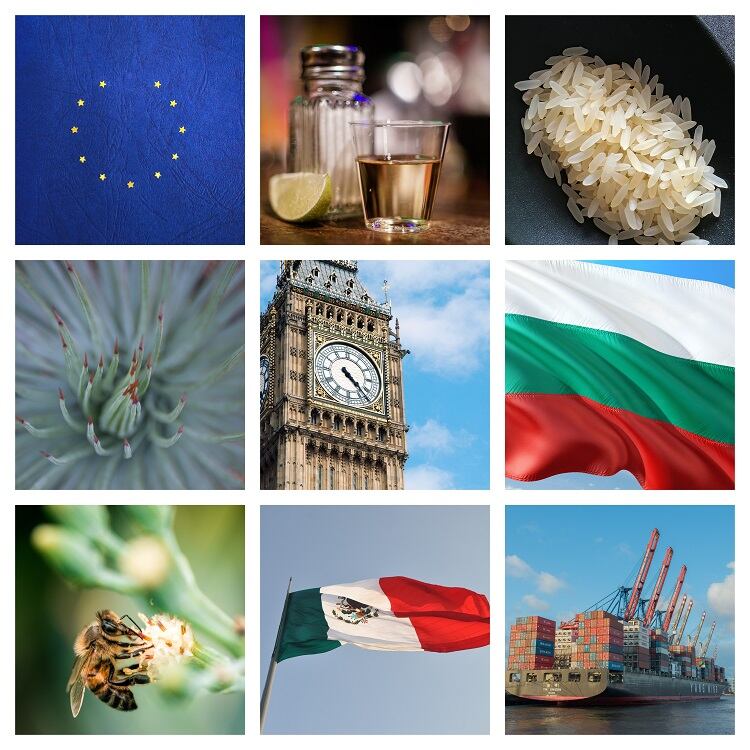Pisco is made by distilling fermented grape juice into a high-proof spirit. Technically a type of brandy, the colourless to yellow-hued beverage is considered a novelty to most UK or European consumers due to its underdeveloped international market.
Pisco is a colorless or yellowish-to-amber colored spirit produced in winemaking regions of Peru and Chile. Made by distilling fermented grape juice into a high-proof spirit, it was developed by 16th-century Spanish settlers as an alternative to orujo, a pomace brandy that was being imported from Spain
“Consumers in the UK are looking for spirits with interesting stories behind them, different to the products that have been widely consumed historically in the country,” Nicolás Poblete, Director of ProChile UK, which promotes Chilean goods and services, told FoodNavigator.
“We’ve seen how tequila and Mezcal have been growing in the market over the last years. We think pisco offers a great story to tell about the product, its origin, the regions in Chile where it is produced, and of course, a great quality compared with any other product on the same price range, from entry level to premium spirits.
“People are also keen to play with spirits and prepare cocktails at home, a trend that came out with the pandemic and is still on. The versatility of pisco allows everyone to prepare and enjoy high quality cocktails, or even drink it by itself with a piece of ice.”
New shores
Many brands are thus planning to expand into the UK and Europe. For example, Pisco Cogoti will expand to both markets. “This is a country that offers huge opportunities for the drink business, especially when it comes to pisco,” Pisco Cogoti founder Barbara Novoa commented on the UK market.
“The wide variety of cocktail bars, the new trends in consumption, and the strong historical and economic links between Chile and the United Kingdom make this market very attractive to us, and we are also sure that the consumers and experts will be delighted to have more presence of this spirit in the country because of its versatility.”
Europe also offers opportunity for the brand. “As well as in the UK we would like to position (pisco) in European countries, so more people can be aware of the quality of this product,” Novoa told us.
“We’ve carried out promotional activities in other countries of Europe, for example, a masterclass in Paris, participation of a delegation of pisco producers in Bar Convent Berlin, among others. In my case, I represent a company founded and led by women, so this is a very important step for us, especially in these countries where gender equality is so relevant.”
The market for pisco in these places is small, but it is growing due to the spread of knowledge through word of mouth, according to Carlos Soler, Managing Director of Tololo Vineyards.
“It is still a very niche product, consumed mainly by people who have lived in or travelled to South America, or those who know someone from this region,” he told FoodNavigator. “However, it has an amazing reputation among these consumers.” Tololo Vineyards also plans to expand to the UK and Europe, firstly offering its product in restaurants and then expanding to retailers.
Introducing pisco to Europe
Because pisco is so central to Chilean culture, and is produced in such abundance there, it has had comparatively little exposure to the outside world, as from a business standpoint the need has not been great.
“It is very important to understand pisco as an important part of the culture of our country,” Rodrigo Arredondo, founder of Pisco Nontay, told FoodNavigator. “In Chile, we produce nearly 36m litres of this spirit per year - which is 80% of the world production of pisco – and more than 95% of this production is consumed inside the country.
“With this huge local consumption, historically just a few companies have thought on going abroad to do business and promote our spirit.”

In recent times, exports of pisco have increased. “Over the last years we’ve noticed an increase of three times on the pisco exports from Chile, what has encouraged the producers to look for international customers.
“The growth of the industry has encouraged pisco producers to increase the quality of the product, playing with more distillation processes, aging it for longer periods in steel, oak or American barrels, and of course, learning more every day about the grapes and how they respond to these processes.”
The public sector also plays a role in the expansion of pisco exports, Arredondo told us, “carrying out marketing campaigns, promotional plans, and organising trade missions for producers in big markets as the UK, Germany, USA (and) China, among others.”
To market it to European consumers, suggests Jorge Bertin, founder of Pisco Amauta, producers must first focus on linking it to what is familiar. “Its production process is directly linked to the wine industry, where Chile has a magnificent reputation in Europe and the UK, being one of the main suppliers of wine to this country,” he told FoodNavigator.
It is also produced “only in the north of Chile – in the Atacama and Coquimbo regions because of its D.O. – where we you’ll find some of the most recognised spots for tourism in the region: the driest desert of the world, clean and clear skies with more than 40 observatories, among others.
“The quality of the grapes is also very important to mention, as pisco is produced in the narrowest part of Chile, allowing the coastal cold to cover the mountains, where the vineyards are planted, and then receiving huge amounts of sun in the afternoon with important temperature variations on the same day.”
Beyond the familiar, though, is the surprise. The drink ‘surprises everyone who has the chance of tasting’ it, Bertin told us.
“As Chileans,” he concluded, “we love the idea of sharing an important part of our culture with the world.”





